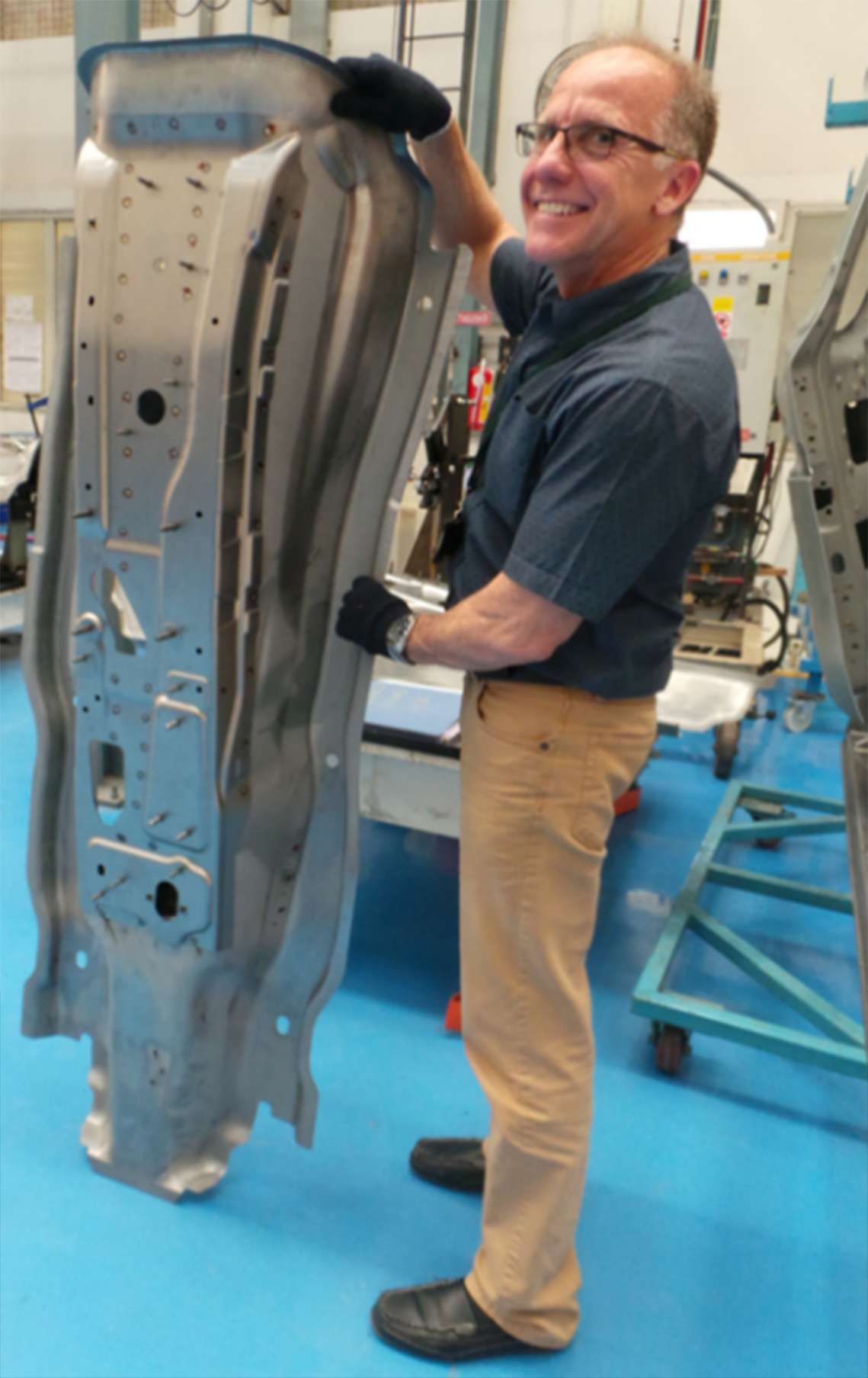Bill Pittman, the Stamping Feasibility Manager for a global Automotive manufacturer, is known for his engineering philosophy to produce high quality parts with minimal material waste and the least number of dies possible. In our last article, we asked Bill to share his “Top Four Common Pitfalls” in the field of stamping engineering to avoid late design changes, tryout loops, and unintended deviations from the timeline. Now, we are fortunate to have Bill return to revisit his outline of these common pitfalls so we can work proactively to avoid them.
Intro:
In my role, I am responsible for ensuring the manufacturability of the entire body-in-white, from clay feasibility to product launch. Based on my experience, there are four common mistakes that must be avoided when working in stamping feasibility:
1. Working without simulation proof
In stamping feasibility, it is crucial to always insist on simulation proof. Many times, people proceed with countermeasures for certain defects without backing them up with simulation. While a countermeasure might seem effective, it could fall short or overshoot expectations. If these iterations are not proven before moving to tooling, it will be too late, impacting the program and budget which is unacceptable.
Having simulation proof also helps in effectively communicating ideas to vendors, design teams, and other stakeholders who may not be experts in stamping. It provides the necessary confidence that the selected process is reliable.
2. Forgetting about the big picture
When presented with design changes from vendors or designers, it is prudent to always have the big picture in mind. You must be able to visualize the impact of small changes on the overall budget and the project timeline. For instance, a change request for one part will almost certainly affect its mating part, and we must take responsibility for that as well. Keeping the bigger picture in mind provides a necessary perspective in stamping.
3. Unsatisfactory trial conditions
Frequently, trial conditions are not suitable for progressing with the try-out. For example, in the production of stamping dies, die spotting is a costly and time-consuming undertaking, especially for hot forming processes. Some die shops may try to shortcut this step and present a panel without properly trying out the die.
We should be able to duplicate in the die all things that are achieved in simulation. A well-spotted die that meets boundary conditions, proper planned travels, pressures, gaps, and binder closure conditions is essential. Without a properly spotted die, the friction coefficient will not be the same as in the planning phase.
4. Only using simulation to prove concept and capability (correlation capability is a must)
Having confidence in the ability to duplicate simulated conditions in the physical world is key. While simulation is a valuable tool, it must be validated by recreating physical forming conditions, including material models, friction, and pressure settings. Once correlation is established between simulation and physical conditions, they should be adopted as standards to enable efficient use of virtual activity. Credibility is essential for success.
Conclusion
Over the years, I’ve addressed these issues by implementing a robust engineering process approach, which offers numerous benefits to any organization. Comprehensive simulation work minimizes the risk of problems that could affect meeting deadlines, such as late design changes, non-functional tools, throughput inefficiencies, and poor part quality. Our “first-time right” approach is critical for the integrity of the vehicle and ensures a smooth start of production, leading to a faster time to market. Achieving this is possible through a team with extensive experience, mastery of engineering tools, effective communication, and early collaboration with product design teams.
For more insights into Bill’s comprehensive engineering system, you can review his other blog post.
Bill (William) Pittman in action!














